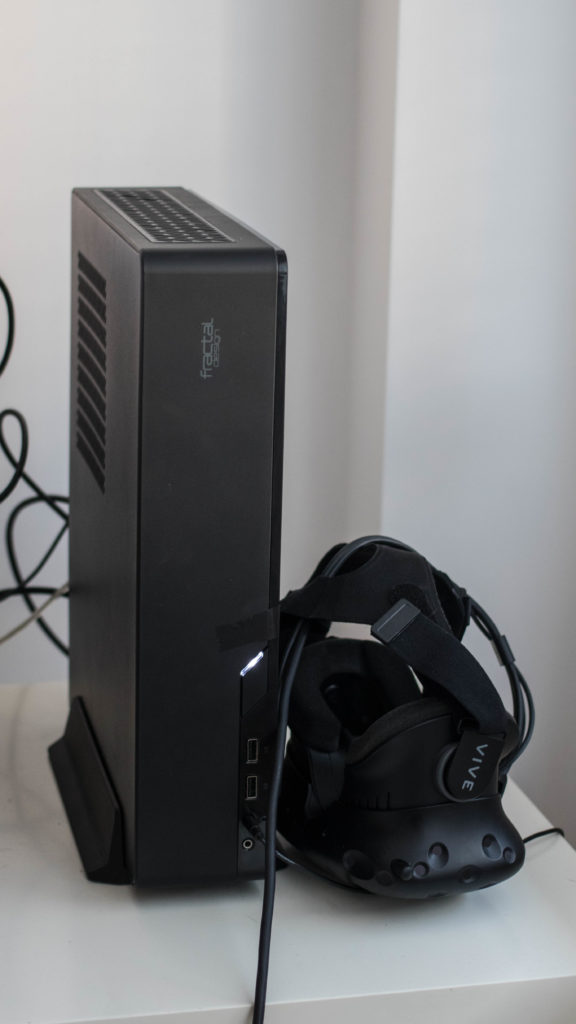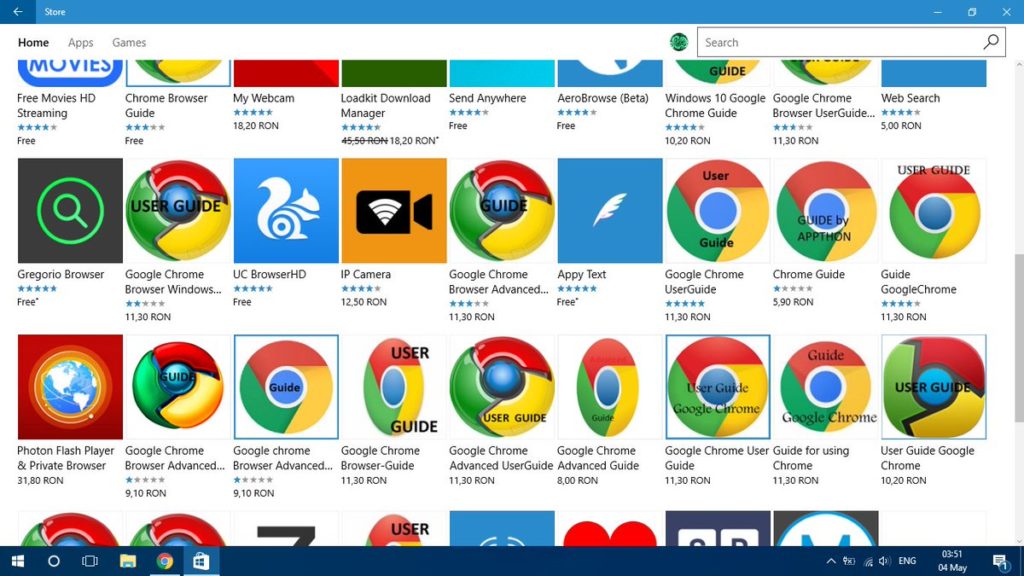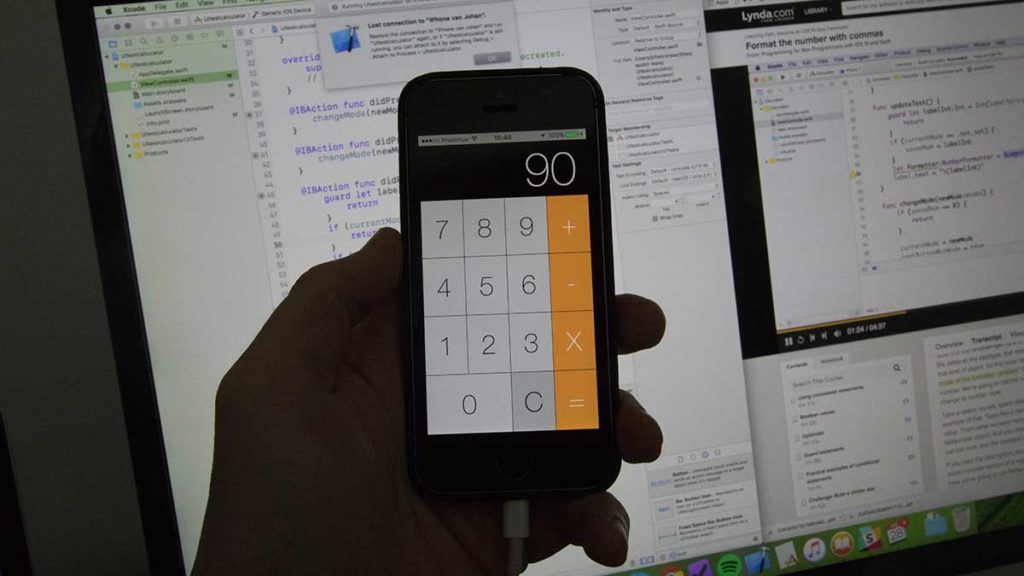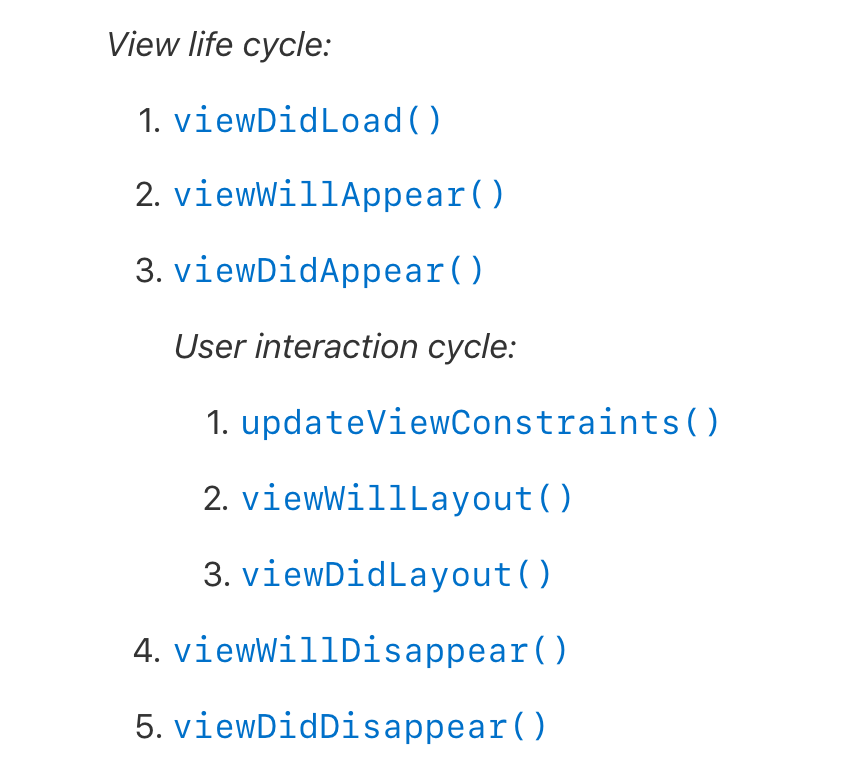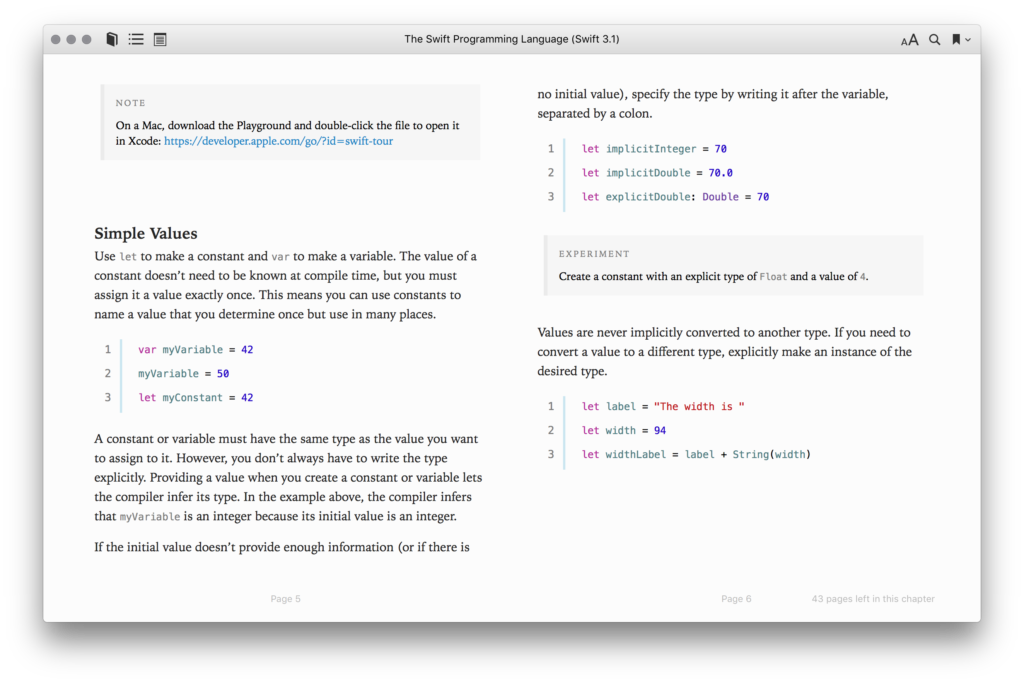This post was edited October 15th, with some additional info.
I started some research on 4K TV’s, which is a difficult topic, mostly because you have to use them to really know how good they are, and you don’t just buy 10 expensive TVs.
You can try to find information online and from looking in stores, but ultimately, you are taking a bet.
I hope by posting my thoughts someone will say something smart, so I can ultimately make the “right” purchase.
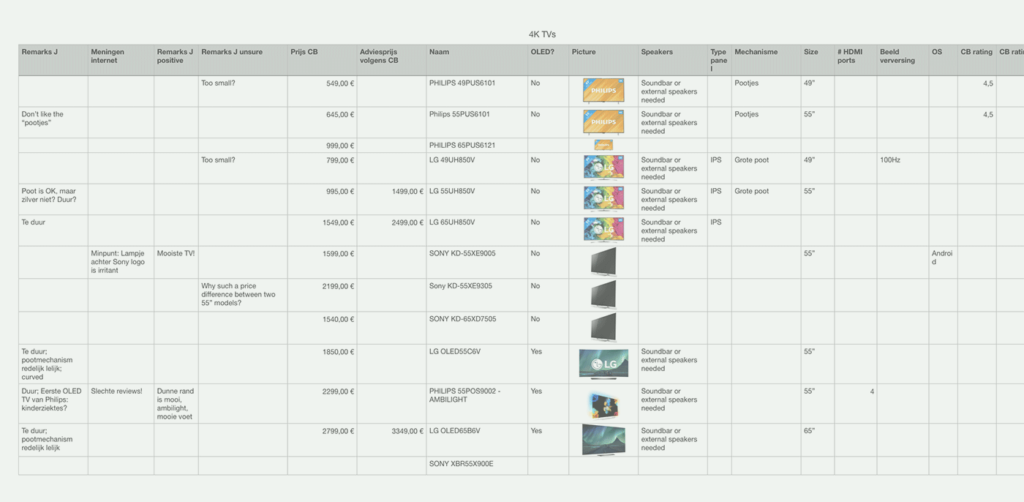
Above: the first version of my spreadsheet, discovering that brands like to name TVs differently in every region of the world
Smart vs. dumb
Almost all of new TVs run some kind of OS.
Here’s the breakdown of what runs what:
- Samsung TVs use Tizen
- Sony TVs run Android
- Panasonic TVs use Firefox OS
- LG TVs run webOS (the latest webOS version is 3.5)
- Philips TVs run Android, some older Philips own OS
This is problematic, because I actually don’t want an OS on my TV. I just need the TV to be a display for another device such as a PS4, Nintendo Switch, or Apple TV.
What you also have to realize is that there’s a little underpowered computer running that OS in your TV; depending on how expensive your set is, things might work smoothly or not at all.
Furthermore, when I buy a TV, it’s for 10 years. What are the chances something like Android TV will be updated and remain current? You can of course ignore choose to ignore the built-in smart TV features, but even if you choose to do so, I’m pretty sure you will be spending time waiting at these things to boot.
However, there is a small chance that the OSes are so good, that maybe I like them better than using the PS4. I’ve heard a lot of good things about webOS, so LG has a plus here.
Model naming logic
The section in which I try to decipher brand naming logic.
- LG OLED 55 EG910V
- I found this one online for €1200, OLED, so that’s about as cheap as it gets for an OLED TV
- This is a curved model
- WebOS 2.0 and apparently verrrry slow
- LG B6
- 2016 OLED model, now around $2000 (from YT video dated April 2017) — Does the 6 refer to 2016?
- LG C7
- 2017 OLED model (not highest end),
- €2499 these days in Belgium (Coolblue Price, Oct 2017)
- There is something called a C7T, what is the difference?
- LG E7
- Model with a speaker bar
- Price €2895 in Belgium (Coolblue Price, Oct 2017)
- LG G7P –> The thinnest. Comes with a soundbar
- €6999 (!)
- LG W7
- This is the “wallpaper” style model
- €7999 (!)
- Sony A1/A1E –> OLED model, available in 55″, 65″ and 77″
- Sometimes called KD-55A1 / or something like XBR-55 A1E (obviously replace 55 by its size)
- The screen is the speaker
- Has a kind of kickstand design
- Sony Z9D
- Non OLED model, 75″ (!)
- Philips
- 65″ OLED 9 series
- 8100 Series
- 6400 Series
- …
OLED
LED is a light emitting diode, but what is the O in OLED? It stands for organic. That’s right.
What is ARC?

Some HDMI ports are marked with ARC. But what does this mean?
It stands for Audio Return Channel, and it’s a way to have one less cable when connecting to an advanced audio system. I don’t know much about this stuff so I am going to leave this topic to the experts ;).
Personal brand preferences
I dislike Samsung as a brand, so it’s mostly off the table for me. As a company, Samsung consistently displays poor taste, so I don’t want to support them by buying their products.
I am neutral to LG… their phones are shit (I returned the LG G6 back after a single day) but their 4K displays are pretty great bang for the buck (LG 27″ UD 58) – and what is a TV really – a big display right?
I like Philips and Panasonic. My old TV is a Panasonic plasma.
I really love Sony, but their products tend to be on the (too) expensive end.
Beware of cables sticking out
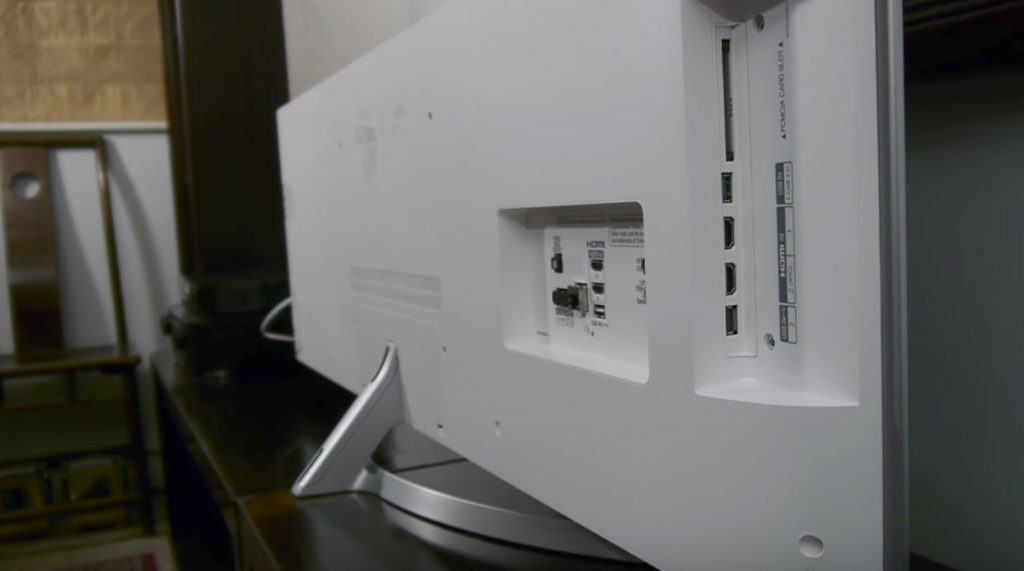
Consider this picture (taken from this video); and now imagine actually connecting those 3 sideways HDMI ports. You’d have to find a way to manage those cable so they don’t stick out of the TV.
In this case it will probably be alright, but if the ports were a bit closer to the edge, they would stick out. This is something to be aware of as some TV manufacturers like to put the ports too close to the edge of the TV.
Brands that are not sold in Europe
If you look at sites like the Wirecutter, their recommendations include brands like TCL and Vizio, which are not sold in Europe. This is a shame because the TCL TVs are basically the only ones I can find that are still “dumb”.
LED vs OLED in-store
Demo videos in store (e.g. Mediamarkt) specifically show colorful scenes so you don’t see that on LED TV’s the blacks aren’t black as they should be.
Do I need 4K after all?
It seems to me that below 50″ it is not necessary to have a 4K TV at all and you can get by with 1080p.
Even a 100″ image (from my projector) at a normal viewing distance (2.5 meters) 1080p is still pretty sharp to me.
There is a big lack of 4K content, and most things you will be watching will be 1080p anyway.
You are unlikely to game at 4K, unless you hook up a monsterly PC (or a PS4 pro I guess; but then I’d rather have more performance at 1080p).
What’s going on though is that all modern TVs are moving to 4K, so at some price point, it’s not like you still have a choice.
OLED price
OLED is really sweet, and if I had all the money in the world, there’s no question I wouldn’t just buy a sweet OLED TV. The in-store demos I saw of OLED TVs blew me away.
However, I’m on a budget here, and I want to spend my money in a smart way. Wanting OLED will basically double the price of your TV set. I am thinking maybe it’s better to invest in better sound, deal with regular LED, and wait for OLED prices to come down.
The other problem is that the only “affordable” OLED TV – the LG OLED55C6V – has a really ugly stand in my opinion. It also has other problems, like the placement of the HDMI connections.
Size vs. your living room and furniture
65″ TVs are so massive, that they become very “dominant” as a piece of furniture.
Currently I use a projector to “watch TV”. One reason I like my projector is that when it’s off, it’s just this relatively small object. The living room isn’t dominated by it.
TV portability
One reason I might consider a 49″ or 55″ is that at least it is somewhat portable. Sometimes I organise events or there might be locations where I want to take the TV to (e.g. move it to the office temporarily).
If you look at the dimensions of a 65″ TV you are looking at an object that is 160cm by 90cm. I don’t now about your car but for me that is a tight fit with such a fragile object. But I think I can move around a 49″ TV with no problems by myself.
One thing that I noticed about these big TVs is their general flimsiness. They aren’t meant to be moved around – at all. If you touch the side just a bit on a lower end LG 55″ you’ll hear creaking and noise. These are objects you have to handle with 2 persons when you want to move them around.
Wall mounting
If you buy a 65″ I feel that you basically have to mount it to your wall, which in turn messes up your wall (drilling etc.). So it’s a consideration
Stand shape vs. soundbar
Philips seems to be the only company who thought about the fact that you’re going to maybe put a soundbar underneath the TV. The TV stands on 2 “legs” on either sides, allowing you to place a soundbar in the middle, just below the TV.
The downside here is that the furniture that the TV is standing on has to be at least as wide as the TV itself. For a 65″ this can be a problem because 65″ TVs are 157cm wide; and most living room furniture TV stands (e.g. IKEA) are 150cm wide.
A friend of mine actually had to buy new furniture to fit his 65″ TV :).
Soundbar pricing
Current TVs are thin and rarely contain decent speakers. The expectation is that you buy a soundbar or hook up a better audio system.
A soundbar seems like a terrible idea to me, why don’t you just use a simple 2.1 set so you can have a subwoofer? How is a soundbar supposed to produce good bass? I am sure there are great soundbars out there, but you can probably get better audio with a €150 computer speaker set than with any €300+ soundbar. At least, that is my theory.
I’m wondering if some brave TV company has a TV with no speakers at all?
Size vs. legibility
I have a 42″ Plasma TV now (720p), but I am looking at 49″, 55″ and 65″ now. 42″ is just too small for the living room.
For gaming, text tends to be horribly small on a 42″, to the point of being illegible. Because I like RPG or text heavy games (for example Pillars of Eternity) this is a problem.
